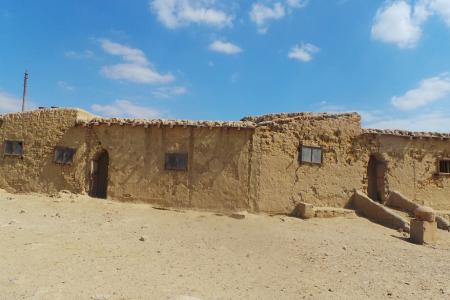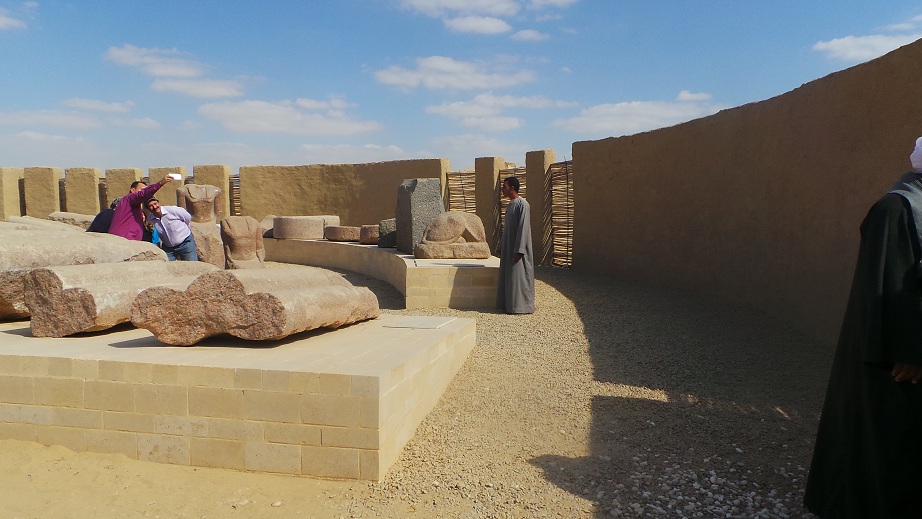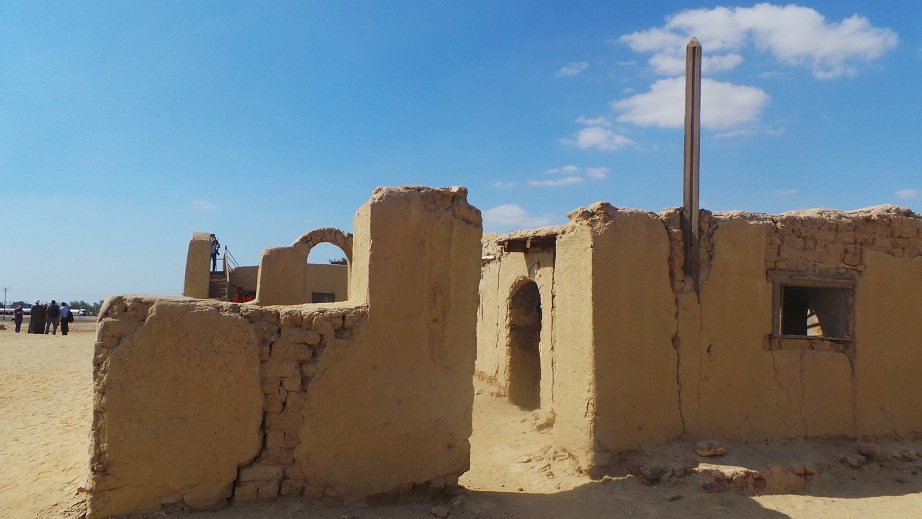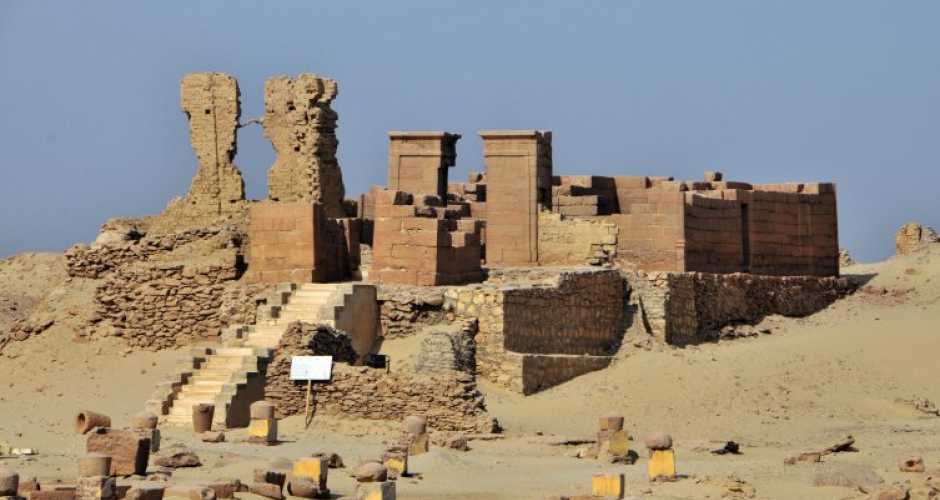Karanis, now in Kom Ushim, was an agricultural town in the Ptolemaic kingdom, located in the northeastern corner of Faiyum.
It is one of the largest Greco-Roman cities in Faiyum. It was founded in the third century BC and was originally inhabited by the mercenaries of Ptolemy II’s army.
It was one of a number of cities created in the Arsinoe region under the leadership of Ptolemy II Philadelphus as part of a scheme to settle Greek mercenaries among the Egyptians and to exploit the potentially fertile Faiyum Basin.
It is one of the Greco-Roman villages established by Ptolemy II, and it is one of the areas from which the waters of the ancient lake receded.
The city dates back to the third century BC. It continued in the fifth century, the Coptic era, and the dawn of the Islamic era, and includes the remains of two temples that were dedicated to the worship of the god Sobek, the god of the region, and also includes a Roman bath and a group of houses, and on the opposite side there are the city cemeteries.
The city now consists of ruins of houses, which are built of mud bricks, some of which have stone foundations. What distinguishes it is that it consists of one floor, and appears adjacent to each other, as each house is independent from the next, meaning there is no common wall between the houses. Some drawings are still present today and are considered environmental products. There is a drawing of grape leaves and clusters on the basement of one of the bathrooms. Beside a number of grape presses and grain mills.




